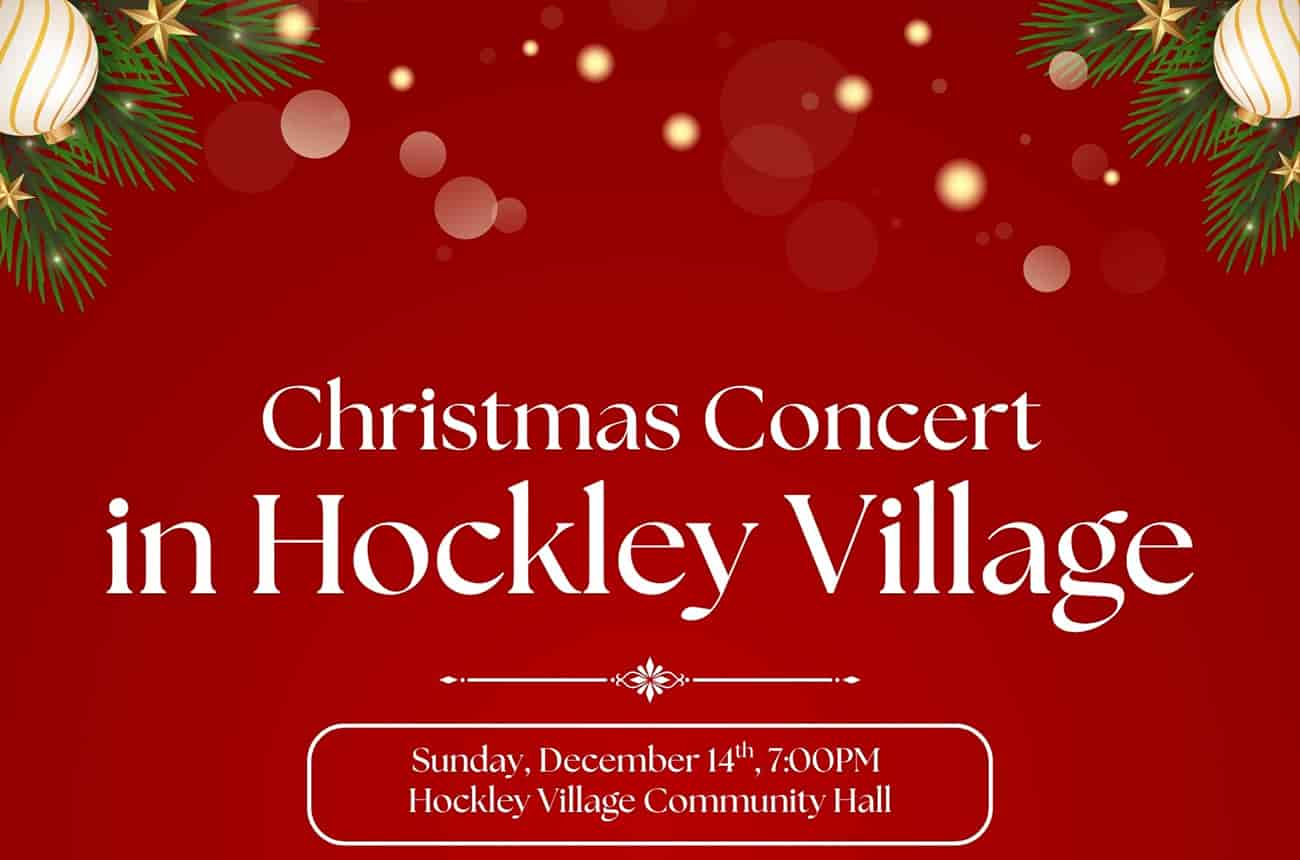There are no listed events. Please stay tuned.

The DEI Vision of The Town of Mono
The Town recognizes the dignity and worth of people by treating them equitably, by fairly providing services, by consulting with communities and encouraging everyone to participate in decision-making.
The Town of Mono:
- is committed to pursuing a program which promotes and celebrates diversity of personal identities and equity between persons,
- values the contributions made by all its people and believes that the diversity among our people has and will strengthen us further,
- Will facilitate the equitable access and inclusion of all residents in the many aspects of our community including their interactions with municipal council, staff, and participation in Town programs.
The Town values the contributions made by all its people and believes that the diversity among our people has and will strengthen us further.

.jpg)
.jpg)
.jpg)
.jpg)
.jpg)

.jpg)
.jpg)
.jpg)